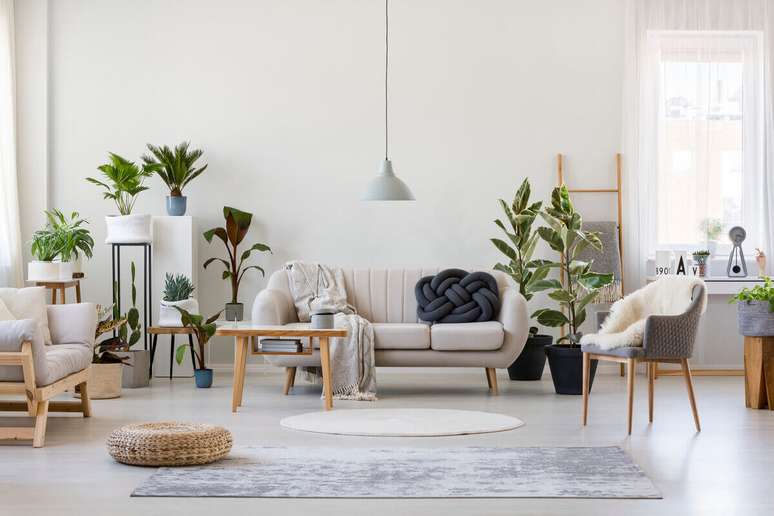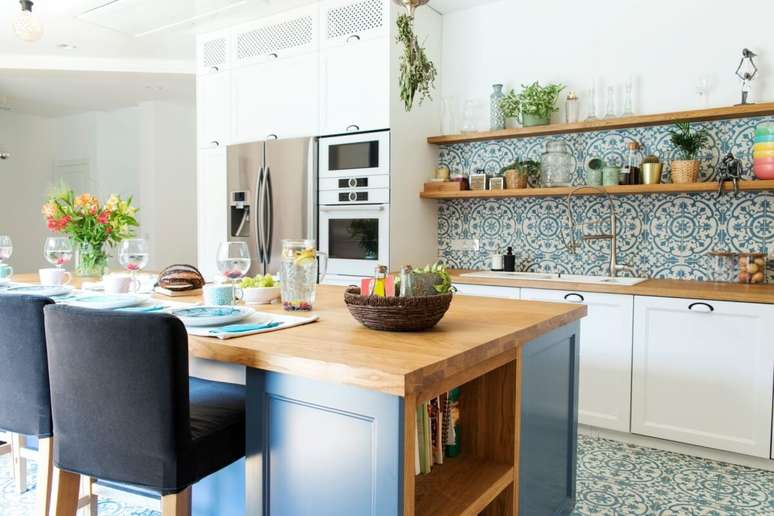The architects explain how functionality and well-being have become priorities
As time passes, priorities and needs in terms of architectural design and decoration of homes are revised. What was previously considered essential can now be rethought in light of new realities and needs.
“The home office was one of the most impactful transformations, when people needed to adapt their homes for professional activities”, evaluate architects Danielle Dantas and Paula Passos, partners of the Dantas & Passos Arquitetura studio.
According to them, there are also solutions to improve ventilation between rooms and control natural light frequent requests of your customers. “The evolution of the sector helps us a lot in these challenges by offering innovations such as glass with technologies that block the sun’s rays harmful to health,” they say.
When asked about elements that have become superfluous in residential architecture projects, the two listed the following points. Follow:
1. Excessive walls
Previously considered room delimiters and important for the sense of privacy, internal walls of social areas are still numbered, as architecture invites people to live in more open and connected environments. This trend not only expands the perception of space, but also facilitates communication and interaction between the inhabitants of the house. “Compartmentalisation is already considered out of fashion,” says Paula.
The removal or absence of walls also offers flexibility in the use of spaces, as the living room, dining room, kitchen and balcony become a unit adaptable to different daily activities. However, in addition to cohabitation, the two also argue that this contemporary interpretation of the projects is beneficial for a more airy and bright atmosphere, which, in turn, contributes to the physical and mental well-being of the residents.
2. Small windows
Replacing small windows is not just an aesthetic question, “since the search for integration with nature and the entry of natural light requires larger openings”, comments Paula.

3. Spaces without well-being
Whereas residential properties take on another meaning, as for many they are both a home and a place to work remotely, architects emphasize that projects must offer physical and emotional comfort to their occupants. “It’s impossible to imagine a home without a recreational area. Whether on a smaller or larger floor plan, it’s essential to include places that invite entertaining, resting or reading,” adds Danielle.
Furthermore, the contact with nature has become an essential condition and this movement became even more evident when, four years ago, the world had to lock itself at home. “I analyze that this behavior revealed a feeling intrinsic to the human being, that of being close to the natural,” says Paula.
In this way, vertical gardens on the balcony or even green corners are more distributed throughout the house. “From this period emerged many plant fathers and mothers who discovered the pleasure of cultivating species,” he adds.
4. Irrelevant rooms
From the entrance to the balcony, every corner of the house can be transformed to best meet the needs of residents. Dormant spaces are reimagined to make room for what makes sense: from the home office, to the gourmet balcony, to the wine cellar or even to a bedroom extension for installation of a wardrobe.
From a health and well-being perspective, areas designated for physical exercise and service areas that require particular attention to disinfection areas and the organization of dirty clothing and shoes are highlighted.
5. Furniture that the house no longer needs
The furnishings have also undergone changes. “Replacement is quite common in most renovations, as the furniture needs to match project guidelines“, indicates Paula. This happens because during the process it is normal for the dimensions of the spaces to change, either by reducing the walls, creating other new spaces or changing the format. “So, no waiting for old pieces that don’t work .more meaning at the moment of life,” he advises.
By Cleide Assis
Source: Terra
Ben Stock is a lifestyle journalist and author at Gossipify. He writes about topics such as health, wellness, travel, food and home decor. He provides practical advice and inspiration to improve well-being, keeps readers up to date with latest lifestyle news and trends, known for his engaging writing style, in-depth analysis and unique perspectives.








